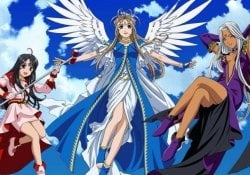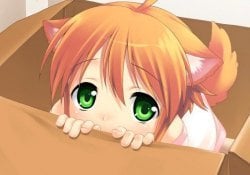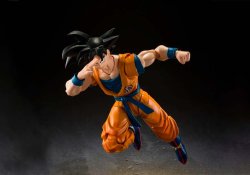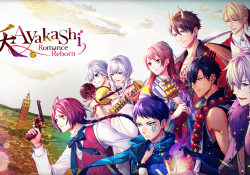Do you know what doujinshi means? Are they Japanese fanfics, or do you also not know what a fanfic is? In the world of Japanese manga, there are many things that go unnoticed, so if you don't know anything about doujinshi, doujin or similar things, we've prepared this complete guide for you.
To start by clearing up the doubt of whoever opened the article, doujinshi are Japanese fanfics. Fanfics are works written by fans based on other original works that are shared on websites, blogs and events. There are numerous curiosities and different types of doujinshi that we are going to cover in this article. To make it easier, we even made a summary below:
Índice de Conteúdo
The meaning of the word doujinshi
The expression doujinshi [同人誌] refers to independent Japanese publications related to manga, novels, and magazines that fall into the fanzine and fanfic category. Each year, the doujinshi market is worth over 700 million dollars in Japan alone. These independent works may be originals, but the vast majority use existing characters from official works.
The word dōjinshi [同人誌] comes from the expression doujin [同人] which means the same person or people with similar interests. Even because [同] means equal, even, while [人] means person. [誌] is an ideogram that means magazines, documents or records.
Many people have already imagined fights between characters from Naruto and Dragon Ball, in which case there are tons of illustrations, stories and independent manga that fulfill this desire. Doujinshi is exactly the fulfillment of those wishes, something everyone wants to see, but officially it's impossible. Even a large part of doujinshi are for perverts.
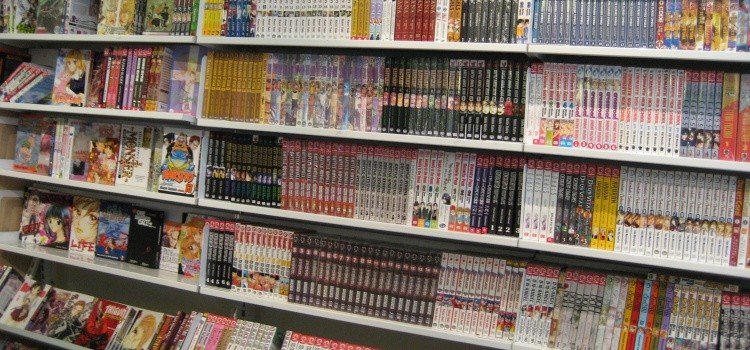
Doujinshi is often abbreviated as doujin and can relate to things other than manga like games. A great example to compare is the indie games that we abbreviated as indie games. The size of a doujinshi is usually B5, about 7x10 inches or A5 6x8 inches.
Who are the doujinshi authors?
We all know that manga and animated illustrations dominate all media in the country, there are several art colleges specializing in this subject, many Japanese try to follow this artist career that is never easy. While a tiny percentage succeeds in the manga industry, others use their skills in creating independent works until they gain some visibility.
Many successful works end up being born not just from one-shots but from original doujinshi. Unfortunately this is a rare case and many artists prefer to spend their time making stories of characters or existing works taking all the structure, themes, characters and using them without any official authorization.
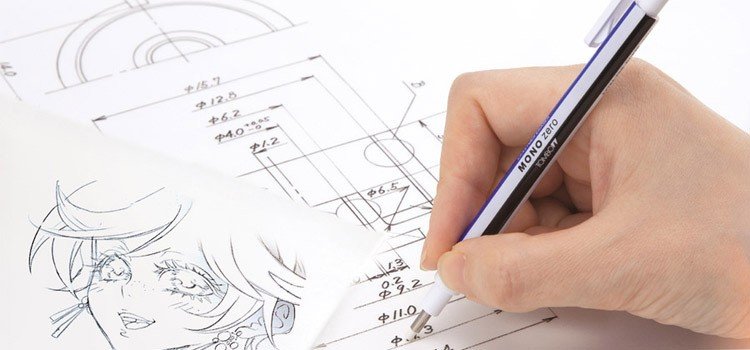
Original works are known as ichiji sousaku [一次創作] while doujinshi based on other works are called [二次創作]. People look for doujinshi exactly to see what doesn't exist or was told in original works, such as the sexual relationship between characters (pornography) or simply an alternate ending.
Almost half of doujinshi artists are believed to be students, while the other half are split between full-time and part-time people. Only 4% say they do it for a living, 10% want to go pro, and 22% create these independent works just for hobby or stress relief.
"Doujinka" (同人家) is the name given to a creator of a doujinshi, such as an artist or writer. They are part of circles (サークル) which are like groups that release and distribute doujin. Sometimes these circles are called kojin saakuru (個人サークル).
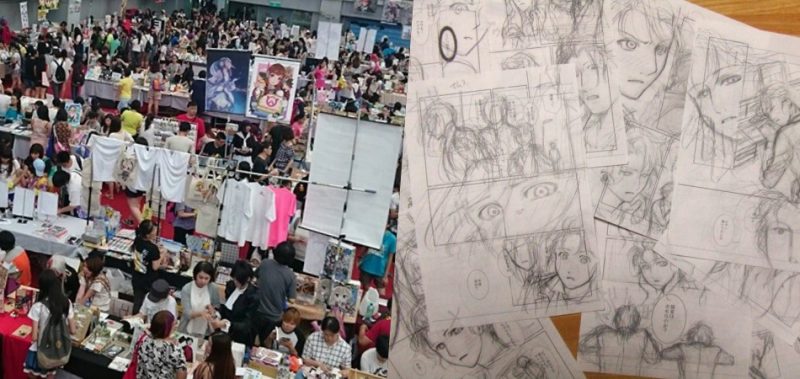
The strange commercialization of doujinshi
Apparently it is totally illegal to take any work, modify it and sell it. We can see this in the gaming arena when people try to make games based on successful franchises like mario. Some even change the names or some details but still end up being sued for plagiarism.
In Japan copyright holders don't seem to care about these fan projects. In fact, there is a huge industry around creating doujins that even turn into animations. There doesn't seem to be a strong inspection, which makes there even thousands of doujin with characters lolis minors.
Today, doujinshi have spread enormously and are sold both in specialized stores and on the internet through digital publications. There is even a gigantic event called Comiket and many other events (estimated over 1000) aimed at promoting and selling doujins (they are called sokubaikai doujinshi).
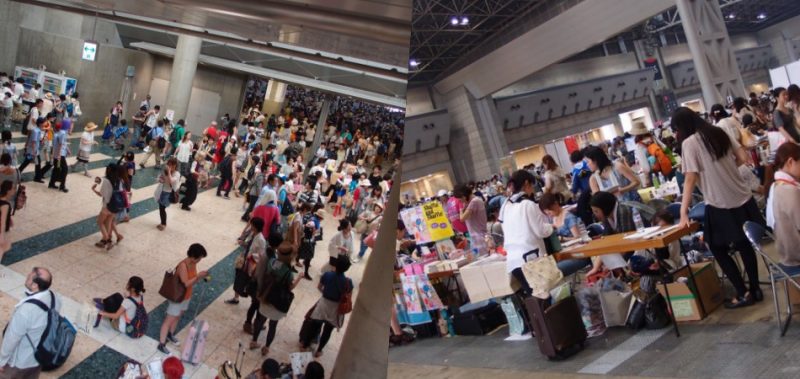
Where to find doujinshi for sale in Japan? Mandarake, K-BOOKS and Toranoana are the most common and can be found in most major cities in Japan. You can also find them online or at second-hand bookstores. Other popular conventions besides Comiket are COMITIA, Comic City, Gataket, and Hakurei Jinja.
The article is still halfway through, but we recommend also reading:
What do professionals think about doujin?
For many it must be disappointing to have their work plagiarized or spoiled with some absurd or stupid scene, but many Japanese artists think differently. Many professionals respect these amateur artists and regard doujin publications of their original work as a successful trophy. Even famous manga artists often make doujins of each other.
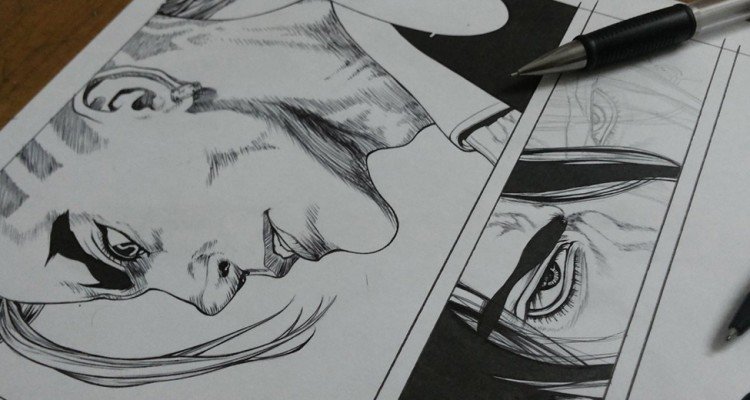
Of course, not every author will like to see their characters doing perverted or unnatural things to other characters. Unfortunately the authors cannot sue these amateurs for fear of the fans jeopardizing their reputation and work. That is, destroying the doujinshi can be a threat to the original work or studio, which results in the freedom of the doujins.
Japan considers niji sousaku to be parodies rather than a forgery. These words were spoken by Prime Minister Shinzo Abe who declared that doujins do not generate profit in order to harm intellectual property such as illegal anime streaming and manga uploads. Other professionals look to doujins as a form of free publicity.
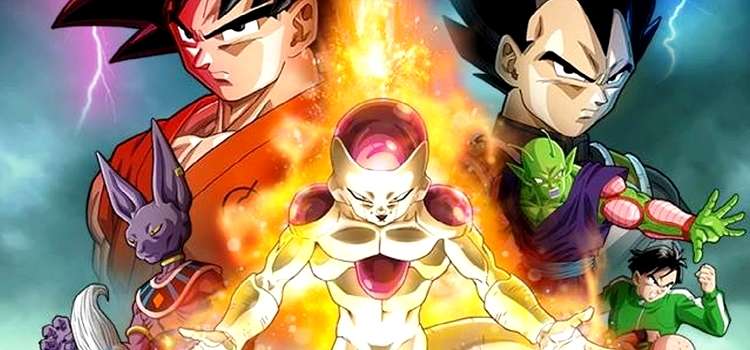
Different types of Doujinshi and Japanese Fanfics
When a doujin follows the comic book style it can also be called or enter the category manga. A doujin can be called an anthology when it is a collection of several stories by several different doujinka. Already copybook is the name given to an unprinted doujin by a publisher.
Types of doujin can be separated by popular genres in manga such as shounen, shoujo, seinen, wick and others. Of course, there are other special genres to refer to doujinshi that we are going to look at now.
Doujinshi intended for women are called joseimuke [女性向け], where the vast majority are BL/yaoi. Doujin intended for men are called danseimuke [男性向け] which are often confused with hentai. Although there are many doujin gene (no romance or sex). Gag involves comic elements such as crack humor.
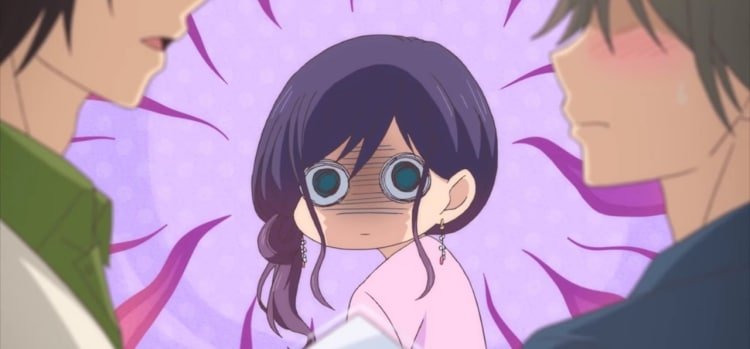
Doujin that tell original stories rather than fanworks are called sousaku [創作]. The original BL stories continue with the name of sousaku JUNE referring to the month of June when the first yaoi magazine was launched. And the other categories described in the doujin world have self-explanatory titles.
The categories listed below may also refer to fanfic works other than Japanese ones.
- Lemon – Fanfics with explicit sex scenes between men;
- Lime - Story with adult romance, not precisely sexual;
- Orange – Fanfic with explicit sex scenes between women;
- Citrus – Adult romance fanfic, may or may not contain sex scenes;
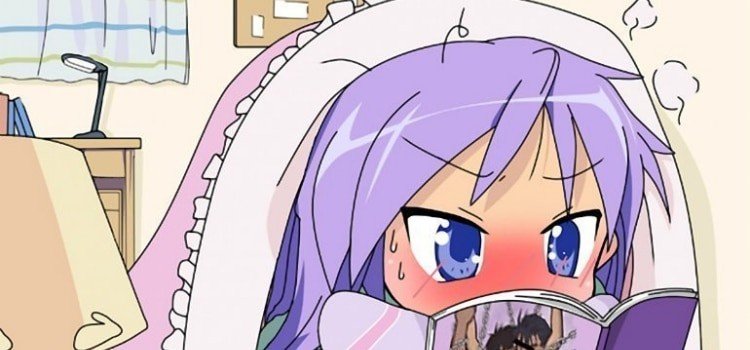
Notable artists who made doujinshi
We know that many authors became famous because of Doujinshi as in the case of CLAMP (Sakura Cardcaptor, xxxHolic), Yun Kouga (Loveless, Earthian), Ken Akamatsu (Love Hina) and Osamu Tezuka. Many still continue to make doujinshi and participate in events like Comiket.
Others didn't become manga but get jobs as artists, animators and illustrators. This was the case of KAzuma Kodaka who worked on series such as Fullmetal Alchemist, Prince of tennis and Sengoku Basara. Kiyohiko Azuma, creator of Azumanga Daioh and Yotsuba also started making doujinshi.
If you research the careers of some illustrators and artists, you will come across works that you had no idea existed or that he did. Many artists create cute works that have been successful but in their obscure arsenal you can find some hentai, yaoi or heavy yuri.
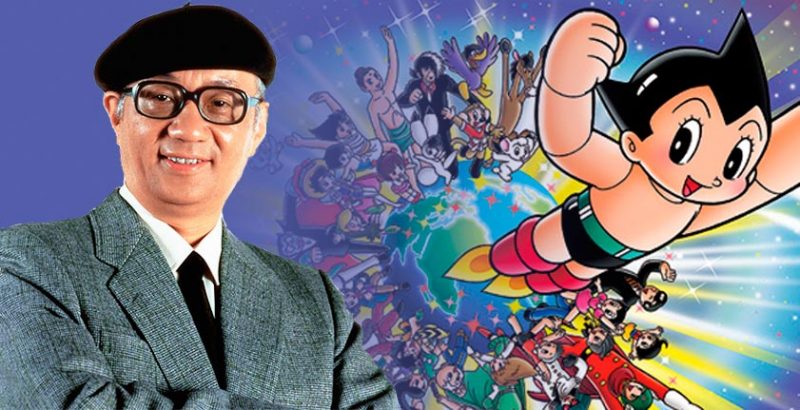
List of popular Doujinshi Circles
Below we will leave a list of popular circles and their doujinka:
Responsive Table: Scroll the table sideways with your finger >>
| Circle | "Doujinka" |
|---|---|
| Plástico eco (プラスチックエコー) | Takaoka Nanaroku (高岡七六) |
| Jack in the Box | Pokachi (ポカチ) |
| Shisinden (紫宸殿) | Rinko Sakura & Mizuki Tachibana |
| PARSIPHAL (パルシファル) | Nikora Ichijou (一条ニコラ, "Ichijō Nikora") |
| AIMAIME (曖昧me) | Kouu Hiyoyo (紅雨ヒヨヨ) |
| "mount10" | Nozarashi Bugyou |
| Master and Pupil LOVER | Shiwo Honjoh (本城シヲ) Honjou Shiwo) |
| "Sweet" | Coco Satoh (さとうここ, Satou Koko) |
| Kurukuru Girl (くるくる少女) | Yuna Akiyama & Rei Miyabi |
| Gekkou Touzoku (月光盗賊) | Nobi Nobita (野火ノビタ) |
| Konjou Kumiai | Yoko Fujitani (藤谷陽子, Fujitani Youko) |
| Zuihouzakura | Rae Hasutsuki (蓮月らえ-/ ) |
| K. Haruka Company | K. Haruka |
| It's from | Daichi Tachibana (たちばな大地) |
| Shouyuya (しょうゆ屋) | Tsuki Ayumu |
| Mirin Kankou Oukoku | Miyahara Tatsumi (宮原たつみ) |
| Atomic Punch | Moyo (モヨ) |
| WILBUR | Akira Hattori (服部章) |
| "Super Wild Velvet" | Ewri Fuumin Sumihara (純原悠漓, Sumihara Yuuri) aka "Fumin" |
| Nekogami-Dou (猫神堂) | shima |
| Cherry Beans | Magumi Hara & Mutsumi Tanaka |
| Kuchibirukara Sandanju | Kira Ukon (右近の綺羅, Ukon no Kira) |
| G-Zero | Mitugu Fujii (藤井貢 Fujii Mitsugu) |
| ADULT Children (アダルトチルドレン) | Anna Shitara (設楽アンナ) |
| Kagerouza (陽炎座) | Ibuki Meguru, Suzuhara Shino, Hikaru Kahara |
| Anmitsuya | Shiina Hasuki (椎名蓮季) |
| SPIRAL*AIR (螺旋空気) | Sagiri Nanahara (七原さぎり) |
| Kurosutsu (黒煤党) | Mako Futoshi (真己ふとし) Futoshi Mako) |
| SKYFiSH Workshop | SKYFiSH |
| Gangu-shitateya (玩具仕立屋) | Kurosawa Falco (黒澤ファル子) |
| Mutsumix | Mutsuki (むつき) |
| Inugumi (犬組) | Hinomotouta |
| OMEGA 2-D | Tomoki Hibino (日比野友輝) Hibino TomokiSeiryuu Shima (嶋成龍, Shima Seiryū) |
| Akaiusagi (あかいうさぎ) | Ren Hazuki (葉月れん) |
| Nejineji (ネジネジ) | Komoto Waka |
| FLIP FLAP | M Yamada (やまだえむ) |
| FAKE | Azuma |
| Special Cat (すぺしゃる・CAT) | Rimu Shiina |
| "Sumomonoki" | Sumomo Momo |
| Shiokagen (しおかげん) | Shiomi Ame (しおみあめ) |
| King Buster | Anri Sahara (沙原杏里) |
| Kerorian (ケロリアン) | Inaba Shino |
| "Haribote" | Ren Hotaka |
| Mochiya (もち屋) | Sukiya Wabisuke |
| Arcon (あるこん) | Meiya (メイヤ) |
| EgoRhythm | Sakiko (サキコ) |
| K2 Company | Kazuma Kodaka (こだか和麻) |
| PIKAPIKA | Takahashi Mako (タカハシマコ) |
| "Hachimitsu" | Chris Miyano (宮野くりす) |
| Kilinzaibatu (きりんざいばつ) | Tomomi Koga (古賀ともみ) |
| Black Tea | Yumi Kawamura (河村佑未) |
| Vivid Kids | "OOEDO Pal" |
| Mononoke Arrest Team (もののけ捕縛部隊) | Azami Kubyou (九猫あざみ, Kubyou Azami) |
| "Cabotine" | Kiriko Fuwa & Hana Yakou |
Search sources: "fanlore", wikipedia

